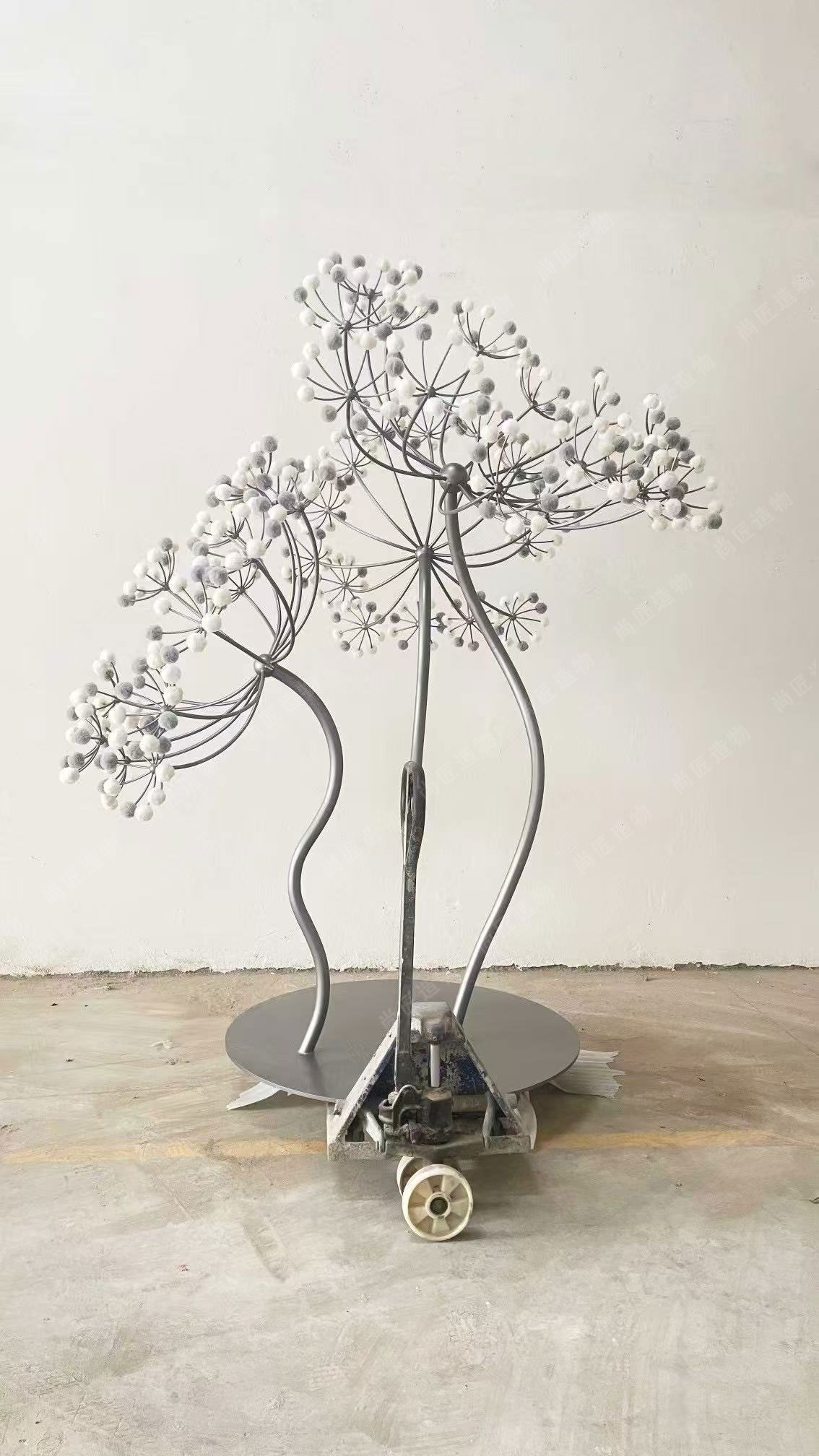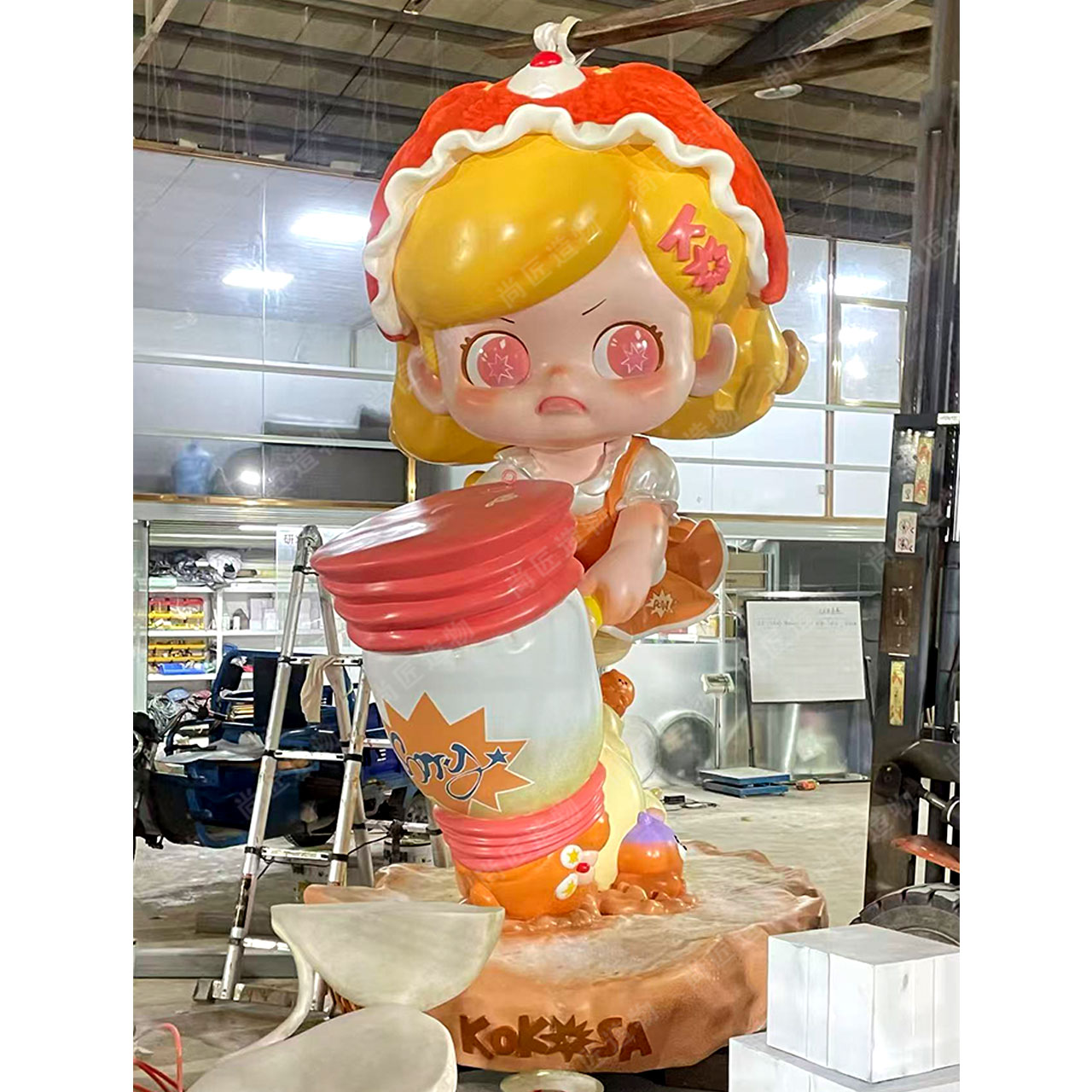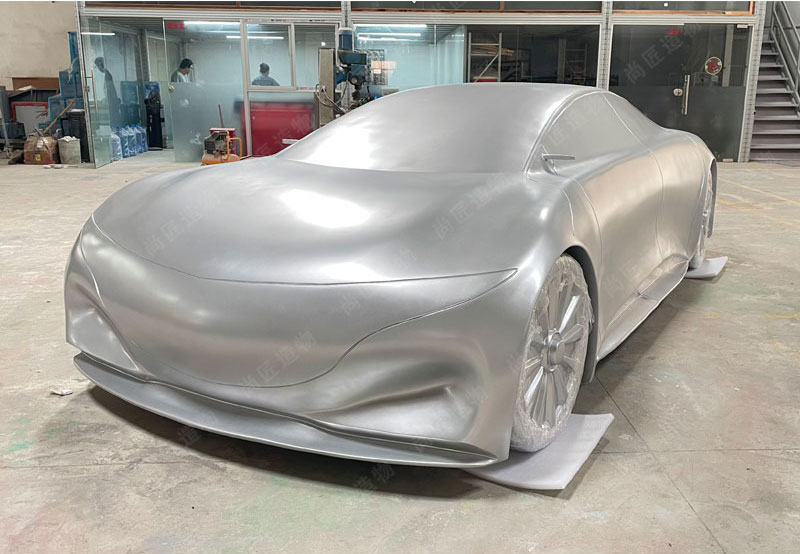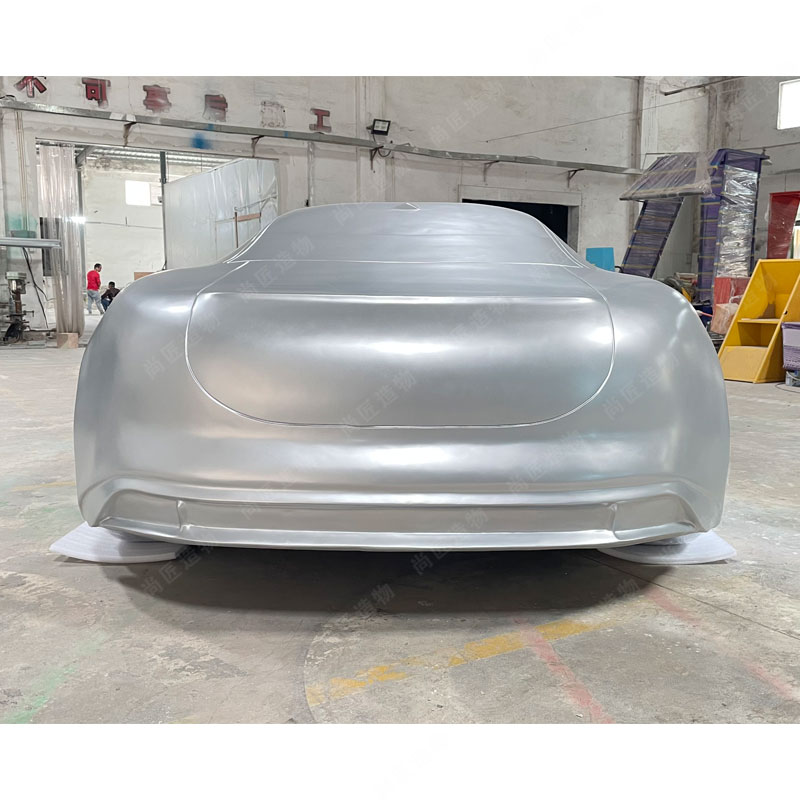Using fiberglass for outdoor art installations offers distinct advantages, making it a prime choice for artists. Its durability ensures that works remain intact, resisting damage from weather fluctuations and fading due to sunlight. The lightweight nature of FRP also aids in easier transport and installation, allowing artists to experiment with more complex designs without the hassle of heavy materials. Furthermore, the versatility of fiberglass provides opportunities for vibrant color applications and intricate textures that can elevate an artwork's appeal. Regular maintenance and thoughtful installation techniques are crucial for maximizing the longevity of these pieces, enabling artists to create lasting expressions that thrive in outdoor settings.
Understanding the Benefits of Weather-Resistant Fiberglass Art Installations
Weather-resistant fiberglass, or FRP, offers a multitude of advantages for outdoor art installations. One significant benefit is its robust durability; FRP can resist harsh weather conditions, including rain, snow, and UV radiation. This resilience means that installations can maintain their appearance and structural integrity over time, reducing the need for frequent repairs or replacements. Artists often appreciate the lightweight nature of fiberglass as it makes transportation and installation much easier.
"Using fiberglass opens up a realm of possibilities for artists seeking to create long-lasting works."
Furthermore, FRP allows for intricate designs that can enhance visual appeal without sacrificing strength. Beyond aesthetics, choosing fiberglass also promotes sustainability by reducing the overall environmental impact due to its longevity. With these attributes, artists can confidently create stunning pieces that withstand the test of time and nature in outdoor settings while minimizing maintenance efforts. For those looking to create realistic sculpture, fiberglass may be an ideal material to consider.

Techniques for Creating Durable FRP Sculptures Outdoors
Creating durable FRP sculptures for outdoor art installations involves several key techniques. Firstly, incorporating a high-quality resin during the fabrication process enhances the longevity and weather resistance of the sculpture. This prevents degradation over time, particularly when exposed to harsh environmental conditions. Secondly, employing a multi-layering method can add strength; by layering various composites, artists can increase structural stability while maintaining a lightweight finish.
Thirdly, utilizing UV-resistant coatings is essential to protect the artwork from sun damage and fading. These coatings act as a barrier, ensuring vibrant colors remain intact while extending the sculpture's lifespan. Moreover, proper drainage in design is critical; incorporating drainage holes allows for rainwater to escape and reduces the risk of water accumulation that could lead to damage. Lastly, regular maintenance checks—such as inspecting for cracks and reapplying protective finishes—can significantly prolong the life of outdoor sculptures.
For example, recent projects have successfully integrated these techniques into Cartoon sculpturedesigns, showcasing both durability and artistic flair in various settings.

Enhancing Aesthetic Value with Fiberglass Art Installations
Fiberglass art installations offer unique possibilities for outdoor aesthetics, successfully merging functionality with artistic expression. The versatility of fiberglass allows artists to explore intricate designs while ensuring durability against environmental factors. For instance, vibrant colors can be infused into the fiberglass, enhancing visual appeal without fading over time. Moreover, the lightweight nature of fiberglass simplifies installation in diverse outdoor settings, enabling bold placements that draw attention. Artists can creatively use shapes and textures to evoke emotion and stimulate curiosity. By harmonizing art with resilience, fiberglass installations not only enrich public spaces but also inspire interactions among viewers and the environment. This blend of art and functionality creates lasting impressions while maintaining the aesthetic integrity essential to outdoor exhibits. For those interested in exploring a different medium that combines visual strength and durability, alternatives like Stainless steel sculpturecan also be considered for its unique texture and presence in varying landscapes.
Practical Steps for Installing Weather-Resistant Sculptures
To effectively install weather-resistant FRP sculptures, start with a well-planned site selection. Choose a location that balances visibility and protection from extreme weather. Once the site is determined, prepare the foundation; this typically involves a stable base such as concrete or treated wood to prevent shifting over time. Ensure that the sculpture's base is securely anchored to withstand wind and other environmental stresses.
Next, use high-quality adhesives or fasteners specifically designed for outdoor use to attach different components of the sculpture. When assembling the pieces, leave enough space for natural movements without causing damage. Consider applying a protective coating that enhances UV resistance and repels moisture, extending the lifespan of your piece. Regular maintenance checks, including cleaning and inspecting the installation for any signs of wear or damage, will also help ensure that your artwork remains resilient and visually appealing in all weather conditions.
Exploring the Artistic Potential of FRP Materials in Outdoor Settings
The versatility of fiberglass-reinforced plastic (FRP) opens up intriguing possibilities for artists working in outdoor environments. One of its key strengths is the ability to mimic natural textures and forms, allowing for innovative designs that blend seamlessly with the landscape. Artists can utilize FRP to create complex shapes and sizes that traditional materials struggle to achieve, enabling a wide range of artistic expressions. Furthermore, the lightweight nature of FRP facilitates easier installation, making ambitious outdoor projects more feasible. By integrating kinetic elements, artists can add a dynamic aspect to their work, enhancing interaction with viewers and emphasizing movement within the artwork. This adaptability not only aids in artistic expression but also supports the longevity and maintenance of outdoor installations amidst harsh weather conditions.

Combining Art and Engineering: Building Resilient Outdoor Sculptures
Creating weather-resistant outdoor sculptures involves a careful blend of artistic vision and technical know-how. Artists today are increasingly turning to fiberglass, known for its resilience against harsh weather conditions. This material not only offers high tensile strength but is also lightweight, making it easier to transport and install. Moreover, fiberglass sculptures can be molded into intricate designs without compromising durability. When combined with thoughtful engineering techniques, such as ensuring proper drainage and securing sculptures to withstand strong winds, artists can produce installations that remain visually striking over time. By prioritizing both aesthetics and functionality, these masterpieces can thrive in outdoor environments while enhancing public spaces.

The Role of Fiberglass in Modern Outdoor Art Exhibits
Fiberglass plays a crucial role in shaping modern outdoor art exhibits, offering artists a versatile medium for creative expression. Its resistance to weather conditions makes it an ideal choice for sculptures and installations that will be displayed outdoors. Unlike traditional materials like wood and metal, fiberglass can endure harsh environments without losing its structural integrity or aesthetic quality. The lightweight nature of fiberglass allows for innovative designs that might be impractical with heavier materials. Additionally, artists can achieve intricate details through fiberglass casting techniques, resulting in dynamic and engaging displays that capture the attention of viewers. This adaptability enhances the range of possibilities in outdoor art, making fiberglass a preferred material for both practical applications and artistic vision. For more information on the diverse applications of this material, check out Fiberglass sculpture.
Sourcing and Selecting Quality FRP Materials for Sculptures
When sourcing FRP materials for outdoor sculptures, it’s essential to prioritize quality to ensure durability and resilience against environmental elements. Start by selecting reputable suppliers who specialize in fiberglass-reinforced plastics. Check for certifications and reviews that validate the quality of their products. Look for materials that offer UV resistance, moisture resistance, and impact strength, as these features are crucial for outdoor installations. Additionally, consider the weight of the materials; lighter options can facilitate easier handling during installation while maintaining structural integrity. Assess various texture and finish options too, as these can enhance the overall aesthetic of your sculptures without compromising durability. Don’t hesitate to ask suppliers for samples or product guarantees that align with industry standards, ensuring your artwork remains visually stunning and intact over time.

Conclusion
Incorporating FRP sculptures into outdoor art installations presents a unique opportunity for artists to create resilient works that blend art and nature. The benefits of using fiberglass encompass durability, creative flexibility, and aesthetic potential, making it a favored material for outdoor settings. By harnessing its lightweight properties and resistance to various weather conditions, artists can design intricate pieces that capture attention and inspire interaction. Moreover, the techniques for securing and maintaining these installations ensure they remain visually stunning throughout their lifespan. As artists increasingly embrace FRP, the potential for innovative outdoor sculptures continues to grow, showcasing the harmonious relationship between creativity and engineering.
FAQs
What are the advantages of using fiberglass for outdoor sculptures?
Fiberglass sculptures offer durability, resistance to harsh weather, and design flexibility. They can maintain their aesthetic appeal over time and require less maintenance.
How can I ensure my FRP sculpture withstands outdoor conditions?
Using high-quality resin, applying UV-resistant coatings, and ensuring proper drainage can significantly enhance the durability of your sculpture.
Are there any specific care instructions for fiberglass installations?
Regular maintenance checks for cracks, cleaning with mild solutions, and reapplying protective coatings as needed will help keep your fiberglass sculpture in good condition.
What design options are available with FRP materials?
FRP allows for intricate designs and vibrant colors that can mimic various textures, providing artists with a broad range of creative possibilities.
Can FRP sculptures be easily moved or relocated?
Yes, the lightweight nature of fiberglass makes it easier to transport and install in different outdoor settings without compromising strength.
 ch
ch English
English






